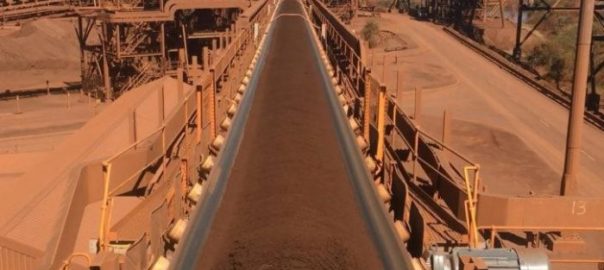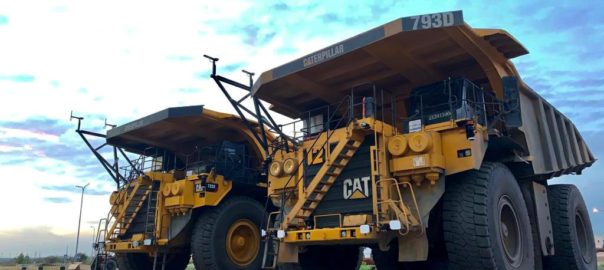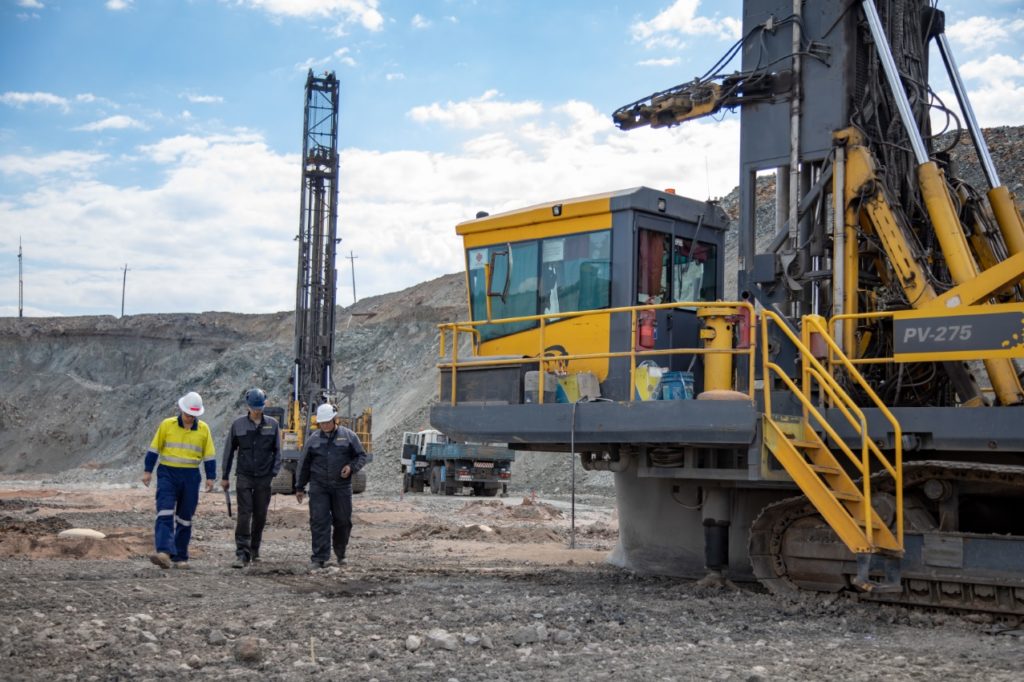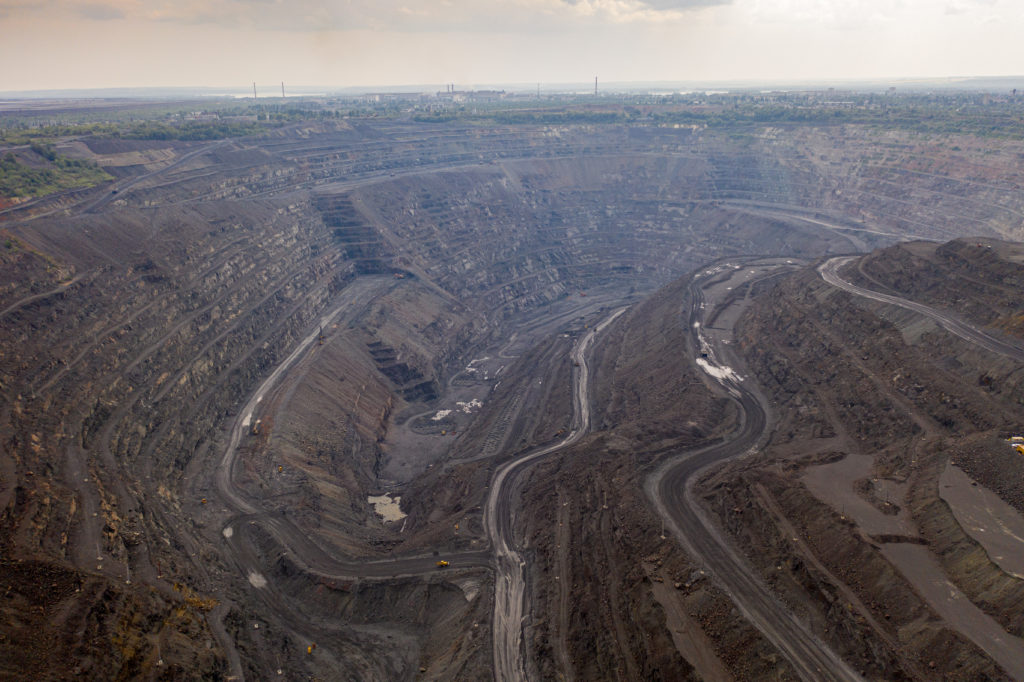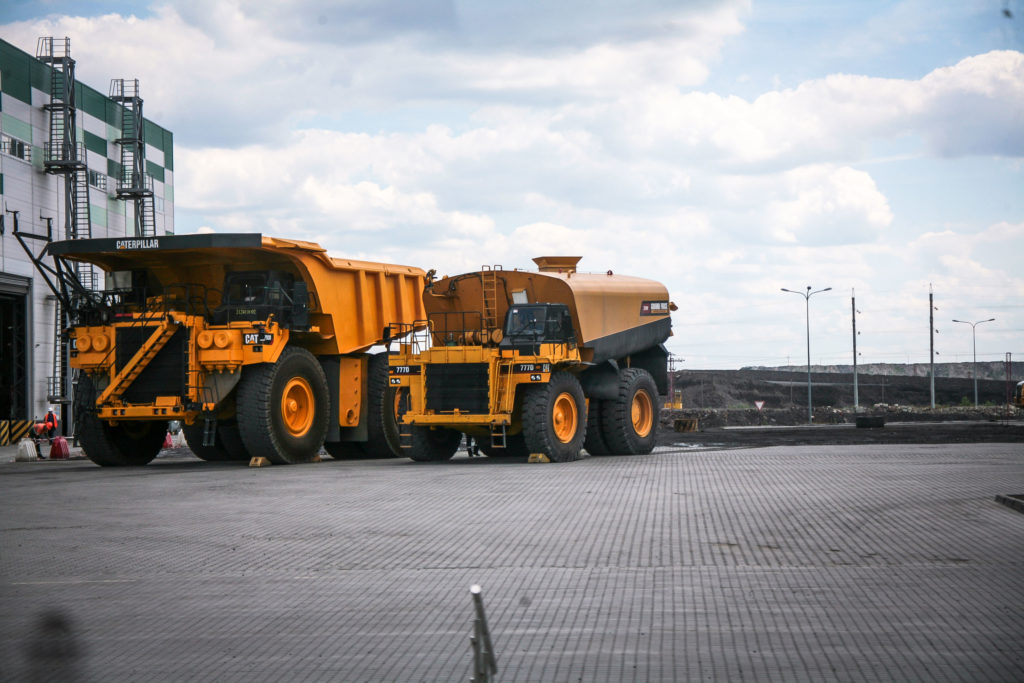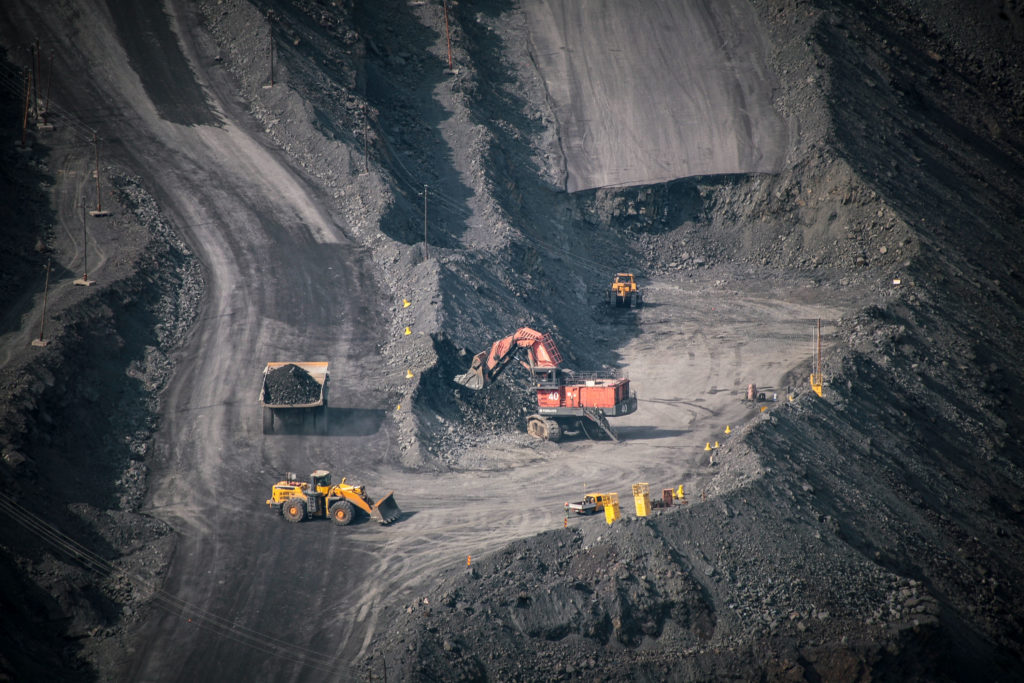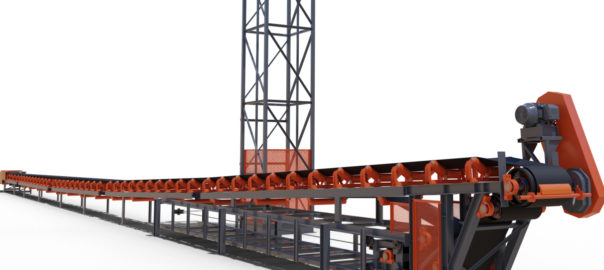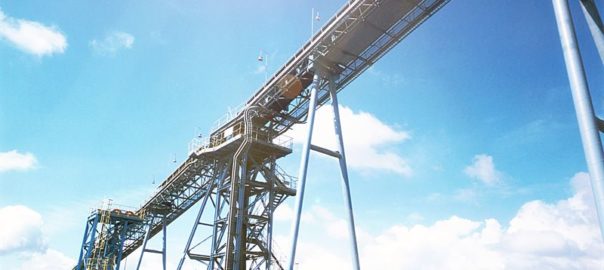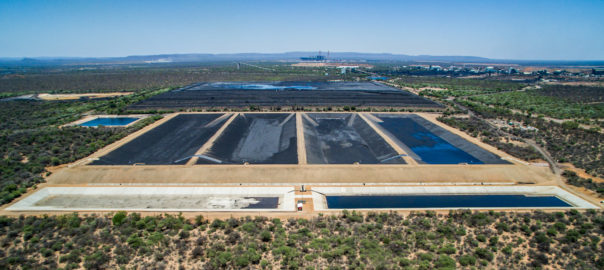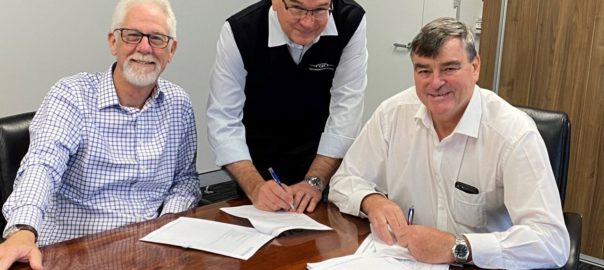Conveyor Products and Solutions’ (CPS) conveyor roller and idler sets have achieved “SKF Equipped” status, providing clients with assurance of industry-leading premium quality conveyor products and technology, CPS says.
The trademark licence agreement with SKF builds on the supply partnership between the two companies, which has been in place since 2013.
“CPS clients can be assured that CPS conveyor roller and idler sets are of the highest quality and have passed SKF’s strict quality standards on the overall performance and reliability of each rotating equipment component,” CPS said.
Under the terms of this agreement, SKF will be supplying the bearings and bearing components, to be included as an integrated part in CPS Conveyor Rollers. The SKF Equipped status then provides CPS the right to label its conveyor roller and idler sets as “SKF Equipped” and use it in promotional materials, the company said.
“CPS has always had a long-standing relationship with SKF, and this agreement cements our partnership and common goal of leading the industry in conveyor roller technology and quality,” Michael Einhorn, CPS CEO said.







